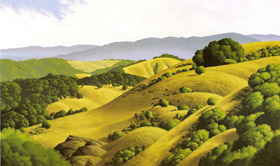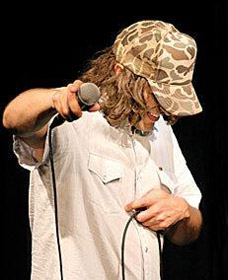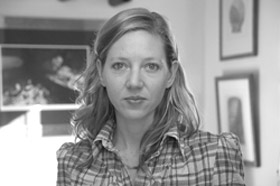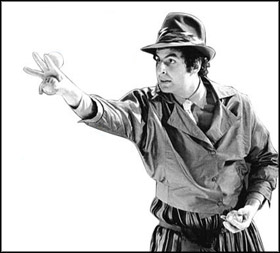Travel is a wonderful way to feed your creativity. You’re taken out of your normal context and can assess things in your daily life from a different point of view. I paint all over the world. When I’m off in Southeast Asia and then come back to Northern California, the shapes that seem very familiar to me on a day-to-day basis somehow seem quite exotic.
Do you have any day-to-day habits that you rely on?
I’m really glad that you used that word — “habit.” Honestly, most artists that I know who have had sustained periods of productivity — people who have made careers of it — are very regular in their working habits. They just get up in the morning and they do it. Getting in the habit, that’s the thing that will sustain you much more than the stereotype of the artist who’s in the throes of creativity.
If you look at how artists have been portrayed in films, most of it’s not great. [laughter] I always think of Kirk Douglas in Lust for Life. He’s in the throes of madness. Most people I know that are pretty darn good artists, they’re just somehow regular people. They just get up in the morning and work.
On your website you talk about the importance of quieting your mind and giving focused attention. Are there any techniques in particular that you use to accomplish that?
I’m a lousy meditator. Or, let’s say I’m a very undisciplined meditator. But on the other hand my painting is very meditative. If I’m out on location, I’ll find something that really speaks to me. And I’ll set up and just take a big deep breath before I get going. And I’ll meditate.
I’ll also give thanks. I have a ritual: I paint with water-based paints, and every time I clean out my bucket, I always drop a little bit of water on the ground. It’s just my way of giving back and saying thank you and being very present about what it is that I’m going to receive. Even the most mundane moments can be very special, if we choose to be conscious.



